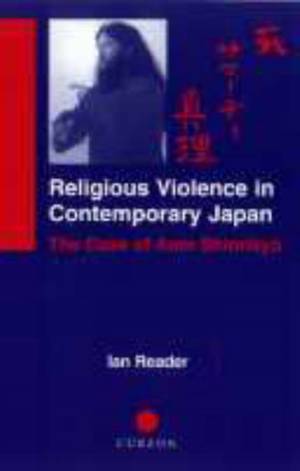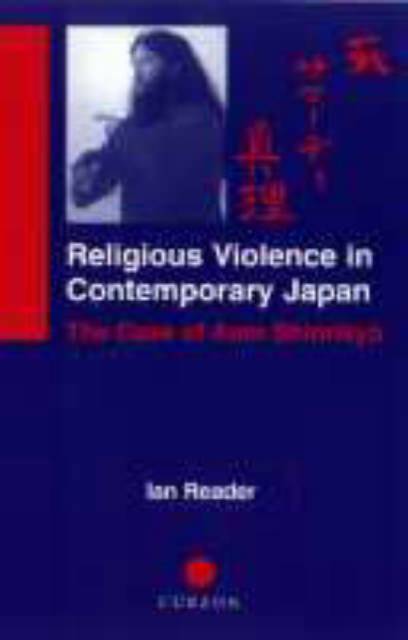
- Afhalen na 1 uur in een winkel met voorraad
- Gratis thuislevering in België vanaf € 30
- Ruim aanbod met 7 miljoen producten
- Afhalen na 1 uur in een winkel met voorraad
- Gratis thuislevering in België vanaf € 30
- Ruim aanbod met 7 miljoen producten
Omschrijving
The Tokyo subway attack in March 1995 was just one of a series of criminal activities including murder, kidnapping, extortion, and the illegal manufacture of arms and drugs carried out by the Japanese new religious movement Aum Shinrikyo, under the guidance of its leader Asahara Shoko. Reader looks at Aum's claims about itself and asks, why did a religious movement ostensibly focussed on yoga, meditation, asceticism and the pursuit of enlightenment become involved in violent activities?
Reader discusses Aum's spiritual roots, placing it in the context of contemporary Japanese religious patterns. Asahara's teaching are examined from his earliest public pronouncements through to his sermons at the time of the attack, and statements he has made in court. In analysing how Aum not only manufactured nerve gases but constructed its own internal doctrinal justifications for using them Reader focuses on the formation of what made all this possible: Aum's internal thought-world, and on how this was developed.
Reader argues that despite the horrors of this particular case, Aum should not be seen as unique, nor as solely a political or criminal terror group. Rather it can best be analysed within the context of religious violence, as an extreme example of a religious movement that has created friction with the wider world that escalated into violence.
Specificaties
Betrokkenen
- Auteur(s):
- Uitgeverij:
Inhoud
- Aantal bladzijden:
- 304
- Taal:
- Engels
- Reeks:
Eigenschappen
- Productcode (EAN):
- 9780700711093
- Verschijningsdatum:
- 20/04/2000
- Uitvoering:
- Paperback
- Formaat:
- Trade paperback (VS)
- Afmetingen:
- 156 mm x 234 mm
- Gewicht:
- 453 g

Alleen bij Standaard Boekhandel
Beoordelingen
We publiceren alleen reviews die voldoen aan de voorwaarden voor reviews. Bekijk onze voorwaarden voor reviews.











